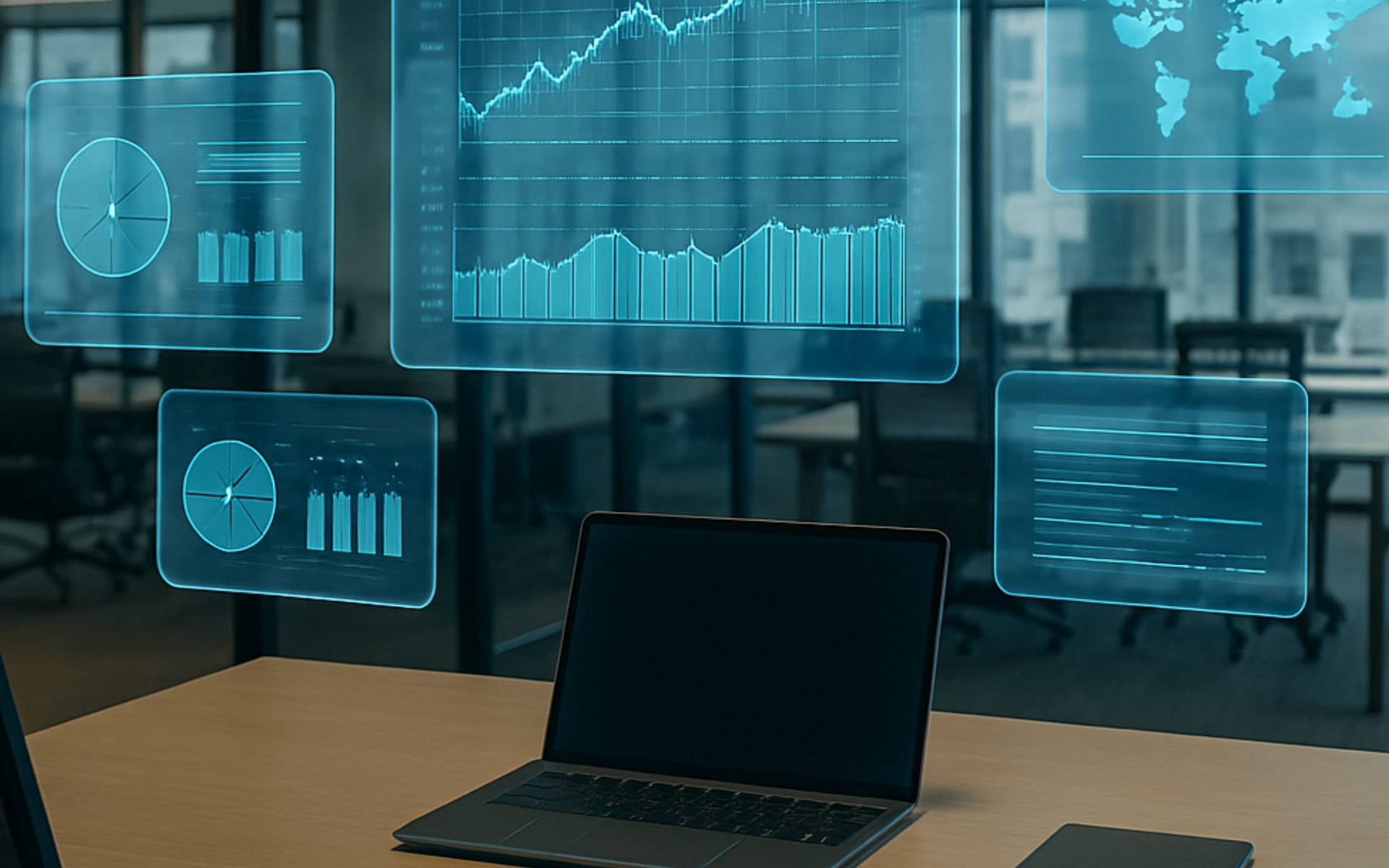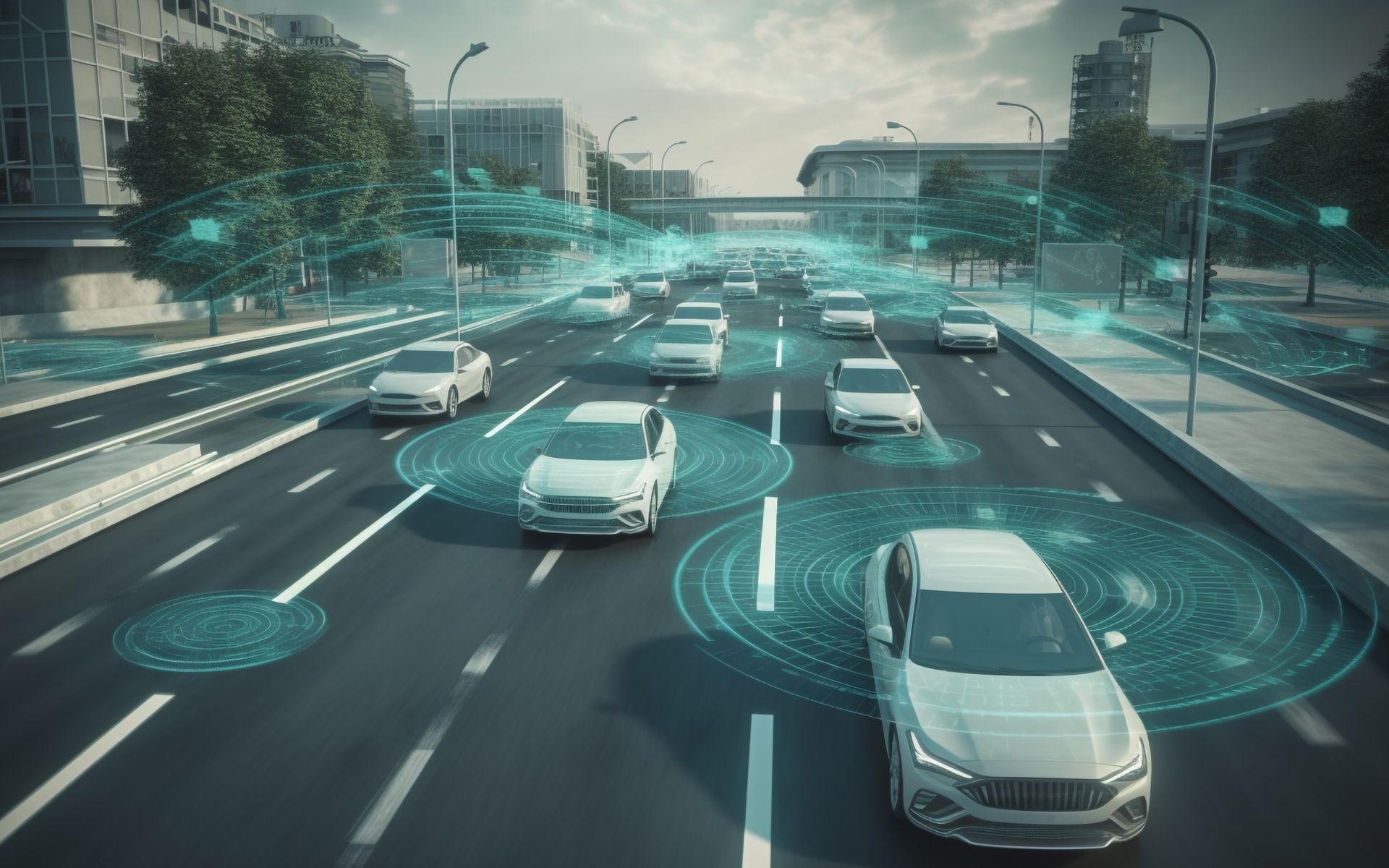How Telecom Providers Are Fending Off DDoS Attacks
October 30, 2025

Introduction
Telecommunication networks form the backbone of modern digital life. From online banking to streaming and business communications, every connection depends on reliable telecom infrastructure. Yet this vital industry faces an escalating threat. Distributed Denial of Service (DDoS) attacks have become more aggressive, larger in scale, and more frequent than ever before.
This article is written for telecom executives, network engineers, cybersecurity professionals, and anyone responsible for ensuring continuous connectivity. It explains how DDoS attacks operate, why telecom providers are prime targets, and what measures are proving most effective in defence.
A DDoS attack happens when attackers flood a network or service with traffic from many compromised systems at once. The goal is to overwhelm resources so legitimate users cannot access the service. For telecom providers, such attacks can disrupt entire customer bases, impact national communications, and damage critical infrastructure.
The threat has intensified in recent years. Cloudflare reported that the average DDoS attack in 2024 exceeded 1.5 terabits per second, while the European Union Agency for Cybersecurity (ENISA) observed a sharp rise in targeted telecom network disruptions across Europe. Attackers exploit insecure devices, misconfigured routers, and large-scale botnets to amplify their power.
Telecom networks are uniquely exposed because of their scale and public accessibility. Protecting these networks requires both advanced technology and disciplined coordination. Cybergen works closely with providers to build resilience, ensuring that critical services remain available even under sustained attack.
Understanding DDoS Attacks in the Telecom Sector
DDoS attacks are among the most common forms of cyber aggression. They exploit the way networks manage traffic. By overwhelming the system with requests, attackers make it impossible for legitimate users to connect.
Telecom providers are particularly vulnerable because they handle enormous data volumes across multiple customer segments. Attackers know that even a short outage can cause significant disruption.
These attacks come in several forms. Volumetric attacks flood the network with high traffic volumes to saturate bandwidth. Protocol attacks target network infrastructure components such as firewalls and load balancers. Application-layer attacks aim at specific services like DNS or web portals.
For example, in late 2023, a European telecom operator experienced a DDoS attack that reached 2.1 terabits per second. The attack targeted its DNS servers, causing temporary service interruptions for millions of users. The incident demonstrated how dependent modern communications are on a few critical systems.
The complexity of telecom networks amplifies risk. They connect mobile, broadband, and enterprise services through shared infrastructure. An attack against one service can ripple across others, magnifying the damage.
Cybergen advises that the first step to effective protection is visibility. Telecom operators must understand how traffic flows across their networks to detect anomalies before they escalate into full-scale attacks.
The Cost of Disruption
The financial and reputational impact of DDoS attacks on telecom providers is severe. A few minutes of downtime can affect millions of customers and cost millions of pounds.
According to ENISA’s 2024 Threat Landscape Report, DDoS incidents account for more than 30 per cent of all recorded telecom-related cyber events. The average cost of a major disruption now exceeds £3 million when factoring in lost revenue, service recovery, and regulatory penalties.
For customers, the impact is immediate. Mobile connectivity drops, internet speeds slow, and access to essential services fails. When outages affect emergency numbers or government communication systems, consequences extend beyond business into public safety.
A recent example involved a global telecom provider experiencing a DDoS campaign that disrupted VoIP services for several days. Attackers used compromised Internet of Things (IoT) devices to generate massive traffic spikes. The attack affected enterprise clients relying on voice networks for customer operations, leading to reputational loss and regulatory investigation.
Regulatory bodies such as Ofcom in the UK expect telecom providers to maintain service continuity under the Network and Information Systems (NIS) Regulations. Failure to protect critical infrastructure may result in fines and compliance breaches.
The true cost of DDoS attacks often lies in customer trust. Telecom services operate on reliability. When customers lose confidence, they seek alternative providers.
Cybergen emphasises that DDoS defence is not only about technology. It is about maintaining confidence in connectivity itself.
Why Telecom Providers Are Prime Targets
Telecom providers are appealing targets for attackers because of their reach, influence, and infrastructure. Every online transaction, video call, and data transfer relies on their networks.
Attackers use DDoS campaigns for various motives. Some seek financial gain through ransom demands. Others act on political or ideological objectives. Competitors or criminal groups sometimes launch attacks to disrupt operations or test defences.
Telecom networks also host the data of multiple businesses, governments, and consumers. By attacking one provider, threat actors impact thousands of downstream clients. This amplifies the perceived success of an attack.
The rise of IoT has added another layer of risk. Many connected devices lack security controls, making them easy to compromise. Once hijacked, they become part of global botnets used in coordinated DDoS campaigns.
Telecom infrastructure is also geographically distributed. This makes it harder to isolate attacks. Large-scale fibre networks, mobile base stations, and DNS systems provide multiple entry points for disruption.
Cybergen recommends that telecom providers treat DDoS protection as a national resilience issue. Network stability supports economic activity, healthcare, and emergency communication. A strong defensive posture benefits society as a whole.
Techniques Used by Attackers
DDoS attackers use sophisticated methods that evolve continuously. Understanding these techniques helps providers design more effective defences.
Amplification attacks remain a dominant method. Attackers exploit protocols such as DNS, NTP, or SSDP to send small requests that trigger much larger responses toward a target. This multiplies their attack power without additional resources.
Botnets play a central role. These are networks of compromised devices controlled remotely. The Mirai botnet remains one of the most famous examples, responsible for major outages in previous years. New variants continue to appear, targeting unpatched routers and IoT devices.
Attackers increasingly blend multiple attack types in hybrid campaigns. They start with volumetric floods to overwhelm defences, then shift to application-layer attacks to exhaust servers. These adaptive tactics challenge traditional mitigation systems.
Encrypted traffic adds further complexity. Many modern attacks use HTTPS or VPN tunnels to disguise malicious requests within legitimate traffic. This makes detection harder without advanced inspection tools.
Attack duration also varies. Some attacks last minutes, while others persist for days through repeated bursts. The goal is to wear down defences and exploit recovery gaps.
Cybergen’s analysis of 2024 incident trends shows that hybrid, multi-vector DDoS campaigns increased by more than 60 per cent across the telecom sector. Attackers are not only increasing power but also precision.
Building DDoS Resilience
Resilience is the ability to maintain service under stress. For telecom providers, this means ensuring availability even during large-scale attacks.
Effective DDoS protection starts with architecture. Networks should be designed with redundancy and segmentation. Isolating critical services limits how far an attack spreads.
Traffic scrubbing centres are another key defence. These systems filter malicious traffic before it reaches core networks. Many providers operate regional scrubbing facilities that process data in real time.
Rate limiting and blackhole routing help manage overload by dropping excessive requests or redirecting them to safe zones. Combining these techniques ensures that legitimate users retain access.
Advanced analytics and anomaly detection improve visibility. Using machine learning models, systems can distinguish between normal user behaviour and attack traffic. This enables early intervention before performance declines.
Cybergen advises integrating DDoS protection into broader cybersecurity frameworks such as Cyber Essentials and the NIST Cybersecurity Framework. These frameworks promote continuous monitoring, incident response, and recovery planning.
Regular stress testing confirms that defences perform under real conditions. Simulated attacks identify weaknesses and allow teams to refine procedures.
For maximum protection, Cybergen recommends layered security combining automated defence with expert oversight. Managed services ensure constant vigilance and rapid response.
The Role of Automation and Artificial Intelligence
Automation plays an increasingly important role in defending against DDoS attacks. Manual intervention is too slow when attacks evolve within seconds.
Artificial intelligence helps detect patterns in massive data flows. Machine learning algorithms identify anomalies that signal early attack stages. These systems react instantly by adjusting filters and rerouting traffic.
Automation also assists in post-attack recovery. Systems can automatically reallocate bandwidth, restore affected routes, and update security rules.
Telecom providers are investing heavily in AI-driven monitoring. For instance, large operators now deploy predictive analytics to forecast attack probability based on historic behaviour. This transforms defence from reactive to preventive.
Cybergen supports clients by integrating AI-based tools into their security operations. These tools enhance detection, reduce downtime, and improve customer experience during incidents.
While automation strengthens defence, human expertise remains essential. Analysts interpret alerts, validate false positives, and ensure that defensive measures align with business continuity needs.
Regulatory and Compliance Considerations
Telecom providers operate within strict legal frameworks. In the UK, the NIS Regulations and Ofcom’s guidance require network operators to implement security measures that protect against cyber threats, including DDoS attacks.
Providers must demonstrate resilience, maintain incident reporting processes, and cooperate with national authorities. Failure to comply risks fines and public scrutiny.
GDPR also applies when customer data is exposed during attacks. Providers must notify regulators within seventy-two hours if a breach involves personal information.
Internationally, telecom providers follow standards from bodies such as ETSI and ITU that outline network protection best practices. Compliance strengthens both security and reputation.
Cybergen assists clients in aligning DDoS defence strategies with these frameworks. By embedding security into governance, providers reduce legal exposure and build stakeholder trust.
Collaboration and Industry Coordination
Defending against DDoS attacks requires collaboration across the industry. Telecom networks interconnect globally. An attack on one provider can affect others.
Sharing intelligence about attack patterns, sources, and mitigation strategies helps everyone strengthen defence. National Computer Emergency Response Teams (CERTs) and groups such as the NCSC’s Industry 100 programme encourage cooperation.
Telecom providers also collaborate with content delivery networks and internet exchange points to manage large-scale threats. Joint response planning ensures rapid containment.
Cybergen promotes intelligence sharing among its clients through secure collaboration platforms. Shared insights help detect emerging threats earlier and refine defensive tactics.
Preparing for the Future
The threat of DDoS will continue to evolve as attackers exploit new technologies. The rise of 5G and edge computing expands potential attack surfaces. Each connected device becomes a potential weapon in a botnet.
Future resilience depends on continuous investment in detection, automation, and partnership. Telecom providers must remain agile, updating defences as technology changes.
Research from Cloudflare and ENISA predicts that DDoS attacks will continue growing in frequency through 2025, with shorter, more concentrated bursts of activity. Providers that prepare now will avoid significant disruption later.
Cybergen’s future-focused approach combines real-time analytics with adaptive defence. By integrating security across infrastructure, operations, and people, telecom providers ensure long-term protection.
Summary
Telecom providers stand on the front line of digital infrastructure. DDoS attacks threaten their ability to deliver reliable service to millions of users. As attack volumes increase and tactics become more advanced, defence must evolve too.
Through layered security, automation, and collaboration, telecom providers can maintain resilience. Continuous monitoring, compliance alignment, and staff readiness form the foundation of strong defence.
Cybergen partners with telecom companies to strengthen their DDoS protection strategies and ensure operational continuity. Protecting connectivity protects everything built upon it.
References
Cloudflare (2024) DDoS Threat Report 2024. Cloudflare.
European Union Agency for Cybersecurity (ENISA) (2024) Threat Landscape Report 2024. ENISA.
National Cyber Security Centre (2024) Guidance on Denial of Service Attacks. NCSC.
Ofcom (2023) Telecoms Security Requirements under the NIS Regulations. Ofcom.
Ready to strengthen your security posture? Contact us today for more information on protecting your business.
Let's get protecting your business
Thank you for contacting us.
We will get back to you as soon as possible.
By submitting this form, you acknowledge that the information you provide will be processed in accordance with our Privacy Policy.
Please try again later.
Cybergen News
Sign up to get industry insights, trends, and more in your inbox.
Contact Us
Thank you for subscribing. It's great to have you in our community.
Please try again later.
SHARE THIS
Latest Posts









